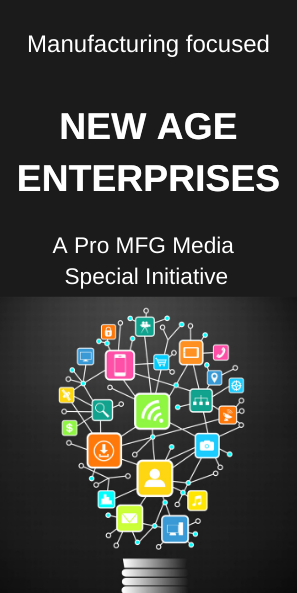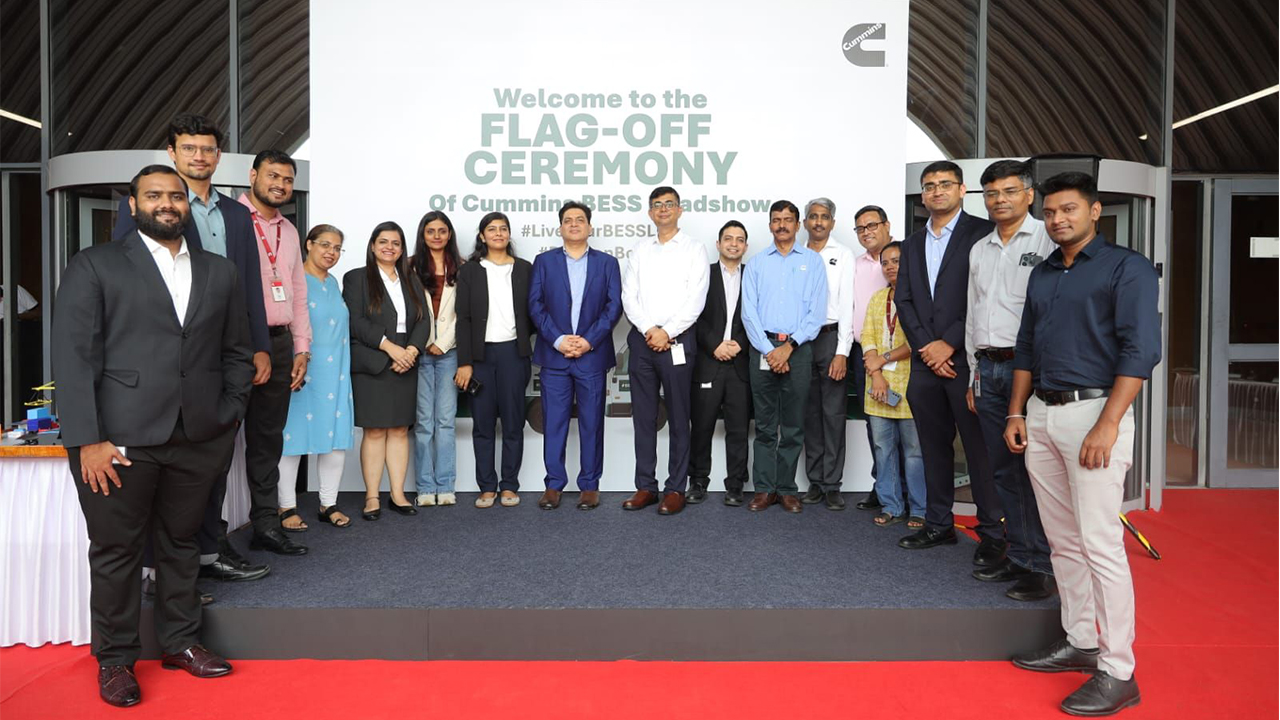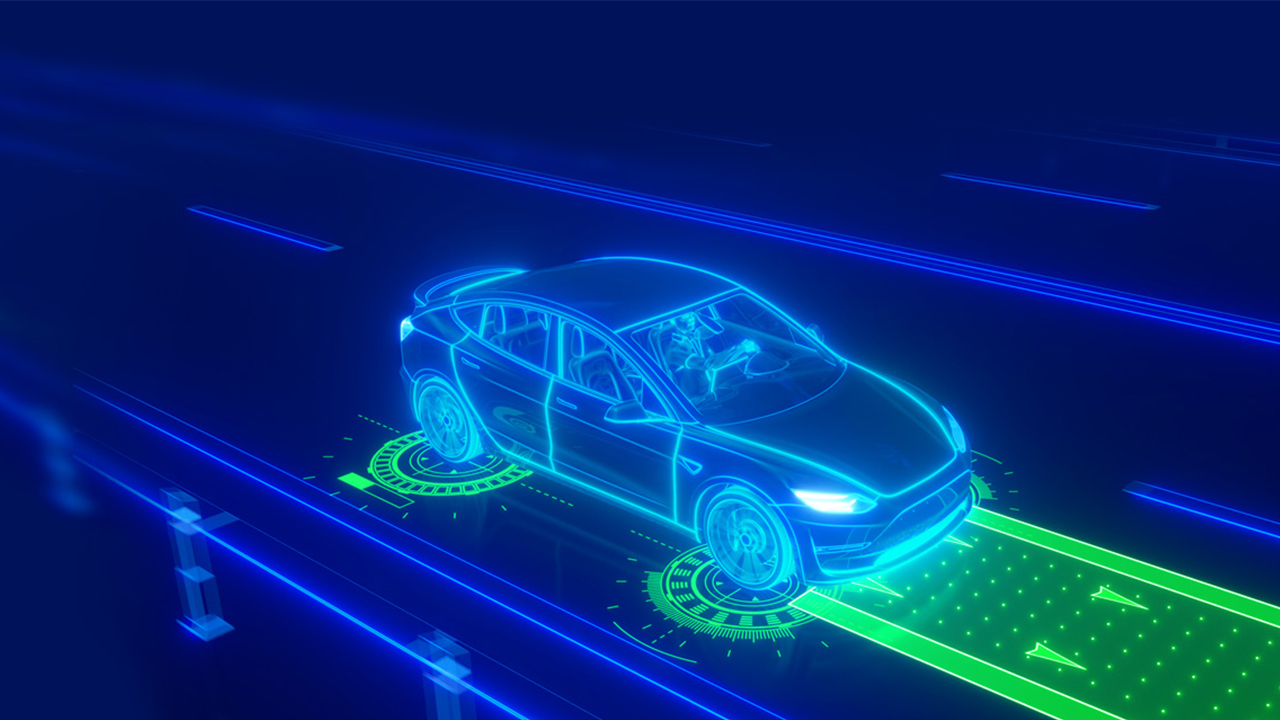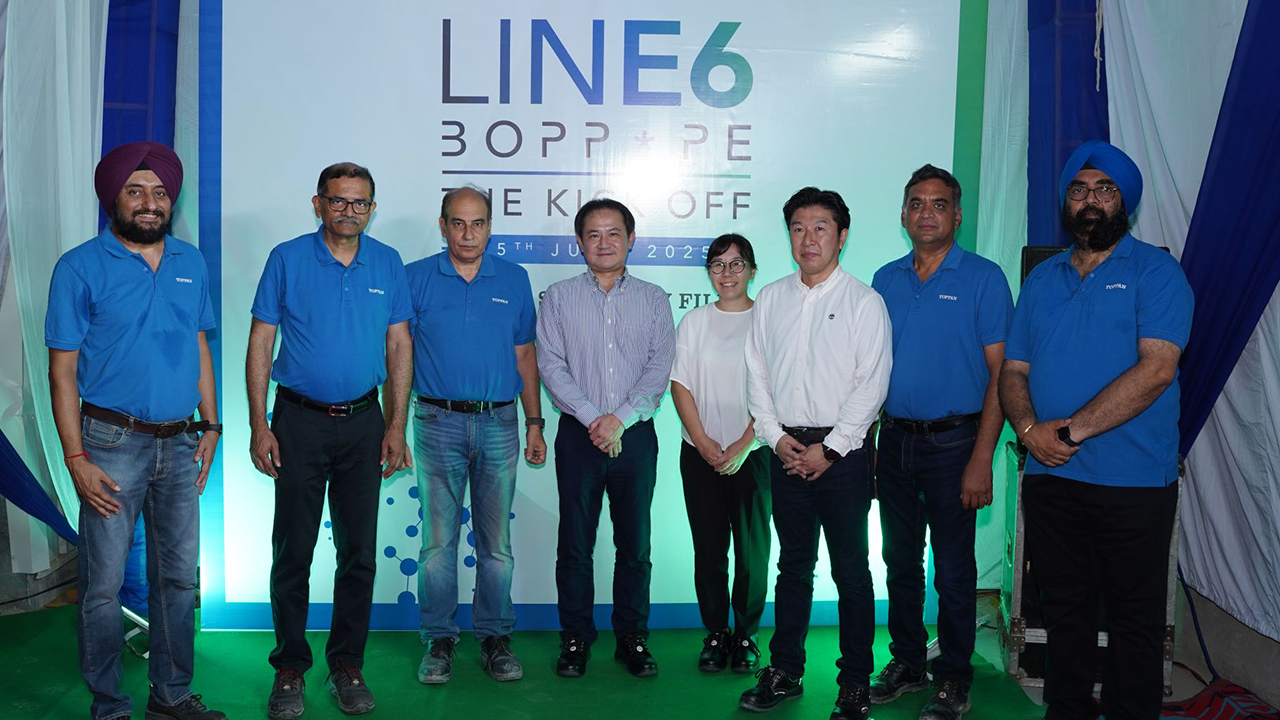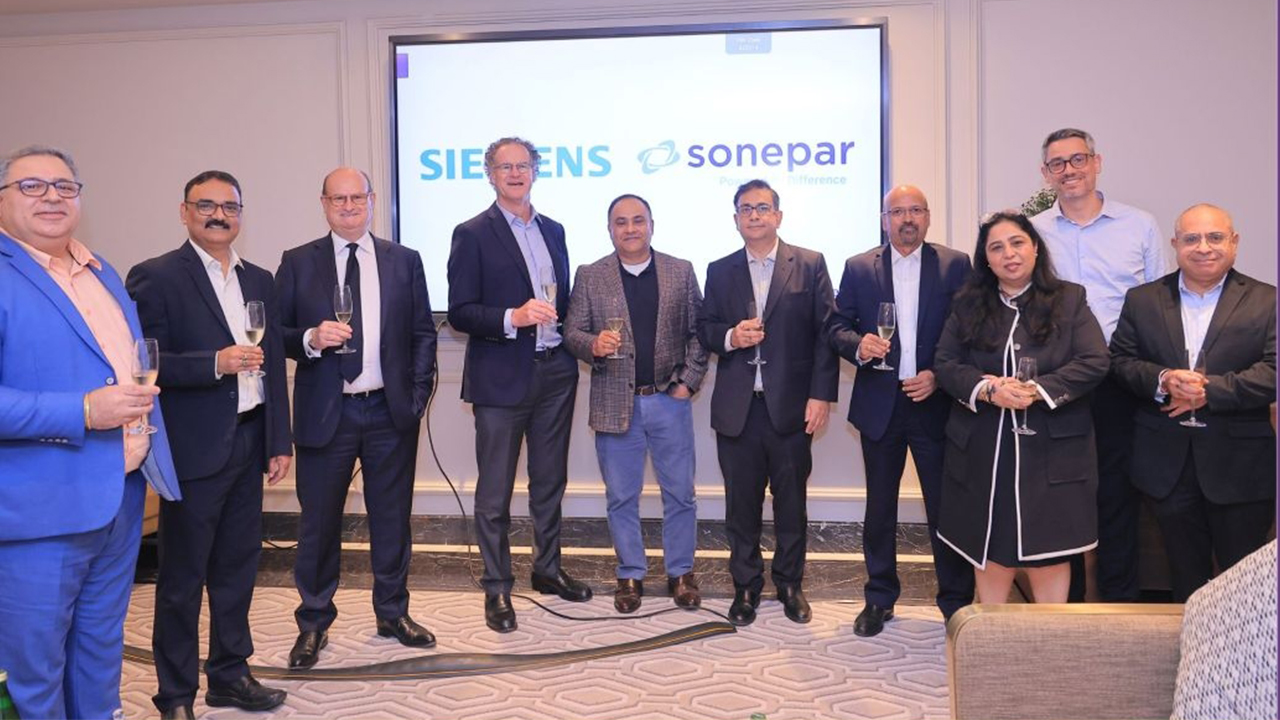Intel & Flutura join forces to impact Operational & Safety outcomes in an industrial setting
#Intel #Flutura #OperationalSafetyHealth, Safety, and Efficiency HSE are paramount requirements in industry and factories. Over the past few decades, many new rules and regulations have been enacted to ensure and maintain safe working conditions for workers. Cerebra Augmented Vision- HSE Video Anomaly Detector is designed to detect safety violations in an industrial plant environment through real-time CCTV footage analysis to create an eagle's view for the supervisors that ensures plant safety.
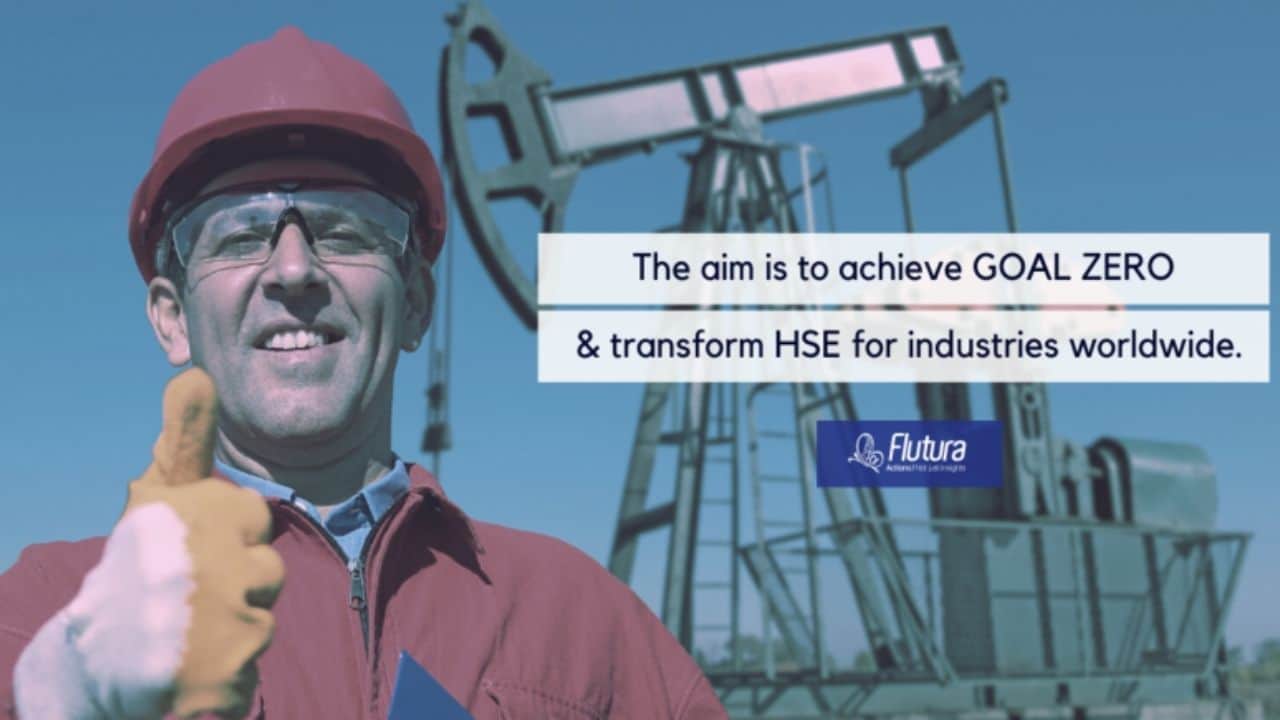
Working with Intel, Flutura is developing advanced machine learning-enabled technologies to make the world’s working environments healthier, safer, and more efficient. Health, Safety, and Efficiency (HSE) are paramount requirements in industry and factories. Over the past few decades, many new rules and regulations have been enacted to ensure and maintain safe working conditions for workers, and we have implemented new technologies for efficient operations across many industries. Yet, a look at a few statistics shows why the world’s factories and industrial plants are still among the most dangerous work environments.
⮚ 374 million non-fatal work-related injuries each year are the human cost to maintain global industrial economies.[1]
⮚ Yearly, these consume 3.94 percent of global Gross Domestic Product—$3.35 trillion US in 2018.[2]
⮚ 98% of all accidents are preventable.
These numbers are why our mission is to prevent accidents, by providing the opportunity to act in time using artificial intelligence- (AI) powered enabling technologies for Industrial IoT.
Video analytics powered by computer vision is one of the most important emerging fields able to revolutionize risk mitigation and management, monitoring and security, and operational efficiency in industrial environments. We provide cutting edge video analytics solutions to support and strengthen HSE initiatives. Uniquely, our Cerebra platform integrates computer vision with factory-wide asset monitoring and diagnostics data to co-relate vision anomalies and sensor anomalies to provide an eagle’s eye view of what’s happening in the entire factory or plant.
This solution has been trained on over 300 different parameters for tracking with a minimal false alarm rate. It adapts automatically to varying lighting and weather conditions, is compatible with multiple fixed and wireless IP cameras with resolutions up to 1080p HD, and dynamically changes any camera stream to AI model mapping at any time. By training algorithms, our solutions are designed to help improve.
⮚ Personal protective equipment (PPE) compliance, such as wearing of hard hats, goggles, shoes, and vests and inappropriate usage of cell phones.
⮚ Real-time event detection to accelerate response to spills, overheating, and violation of restricted zones by unknown objects and persons.
⮚ Safety and security with face recognition at access points, detection and identity of vehicles, and breaches of sensitive areas.
⮚ Product quality, by monitoring processes and outputs in real-time to help ensure timely equipment maintenance, detect welding defects in x-rays, and other instances.
It takes a complex model to address these HSE needs. Also, there are many possible operational zones in which conditions can occur—inside and outside a factory. Thus, algorithm training for multiple situations and targets along with edge inferencing can result in a varied and complex computation demand.
Being part of the Intel AI Builders program has given us access to the necessary hardware and engineering resources we didn’t previously have. We built our algorithms with the TensorFlow framework. Using the Intel OpenVINO toolkit and Intel Optimizations for TensorFlow, we were able to optimize our codes to run faster and more efficiently on Intel architecture—for both training and inferencing. Our optimized algorithms deliver higher frames-per-second (fps) and better accuracy, which improves real-time monitoring and detection.
But software has to run on hardware. Working with Intel engineers, we were able to use the Intel DevCloud environment to not only optimize our software for Intel Xeon Scalable processors, but to quantify, configure, and benchmark the right hardware for different types of analytics solutions running on different deployment scenarios—cloud, on-premise, and edge—for various client needs. Intel engineers gave us the data we needed to select the number of cores, sockets, and CPUs for optimal model training.
One of our products, a hard hat detection and violation model, was trained and optimized using the Intel DevCloud infrastructure. We were able to leverage the latest Intel Xeon processors along with the Intel OpenVINO toolkit, both of which assisted us in training very deep neural networks at high speeds. Additionally, these efforts have helped us scale up our implementation and reduce model inferencing time without compromising accuracy.
Working with Intel to tune our models and optimize infrastructure will continue to help us going forward as we focus on expanding use cases for our solutions. The IIoT market has tremendous potential for real-time video analytics. We can now quickly train our model to accommodate these use cases. Software optimizations and hardware benchmarking will also allow use to scale up and reach out to more markets and larger audiences. Finally, a better understanding of the hardware will help us move toward unified inference platforms to meet multiple performance needs for different scenarios and customers.
In the short time since we launched Cerebra Vision, we are successfully running pilots for heavily industrial domains, like oil and gas and process manufacturing. We recently deployed Cerebra to one of the world’s largest chemical and consumer goods companies. We are running a pilot program with them to detect safety non-compliance in an industrial plant environment for violations, such as:
⮚ Missing PPE
⮚ Restricted zone violations for unknown persons
⮚ Cell phone usage, etc.
Working with Intel AI Builders and the Intel DevCloud, we are able to achieve new levels of performance for our solutions and move towards our goals to make working environments safer to protect the world’s workers. We look forward to furthering this partnership and more successful collaboration.
You can find out more about Flutura video analytics at https://www.flutura.com/video-analytics.
NEWSLETTER
TRENDING ON PRO MFG
MORE FROM THE SECTION

